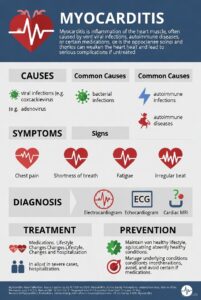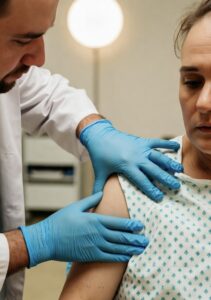Inflammation
- Sequential response to cell injury that:
- Neutralizes and dilutes inflammatory agent
- Removes necrotic materials
- Establishes an environment suitable for healing and repair
- Inflammatory response can be divided into
- Vascular response
- Cellular response
- Formation of exudate
- Healing
Vascular response
- After cell injury, arterioles in area briefly undergo transient vasoconstriction
- After release of histamine and other chemicals by injured cells, vessels dilate, resulting in hyperemia
- Vasodilation chemical mediators
- Increased capillary permeability
- Movement of fluid from capillaries into tissue spaces
- Fluid in tissue spaces
- Initially composed of serous fluid
- Later contains plasma proteins, primarily albumin
- Proteins exert oncotic pressure that further draws fluid from blood vessels
- Tissue becomes edematous
- As plasma protein fibrinogen leaves blood, it is activated to fibrin by products of injured cells
- Fibrin strengthens blood clot formed by platelets
- In tissues, clot traps bacteria to prevent spread




